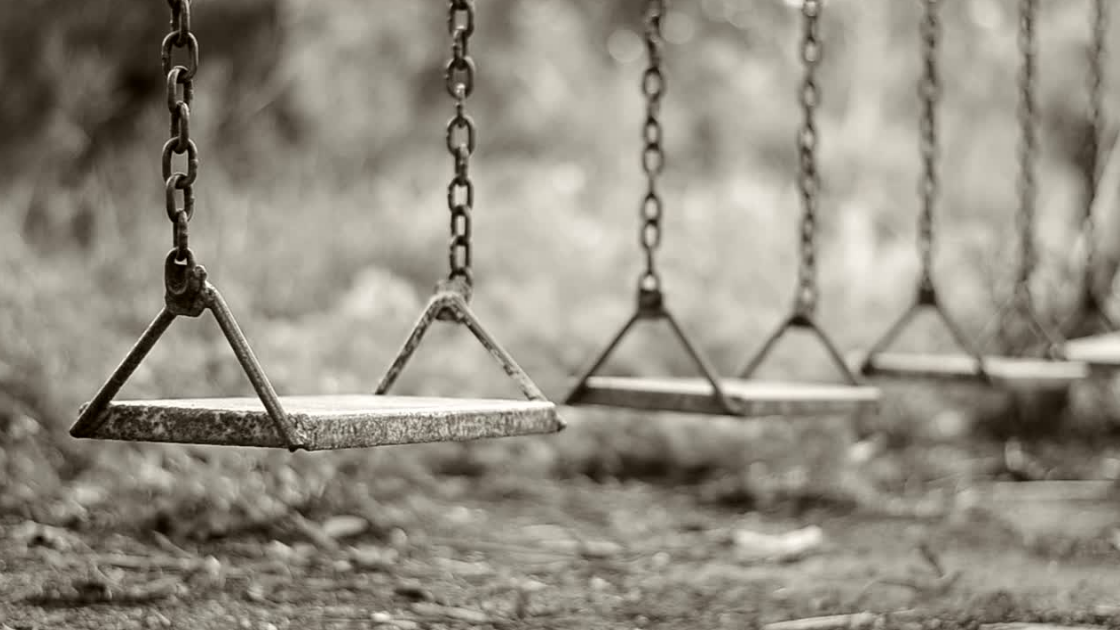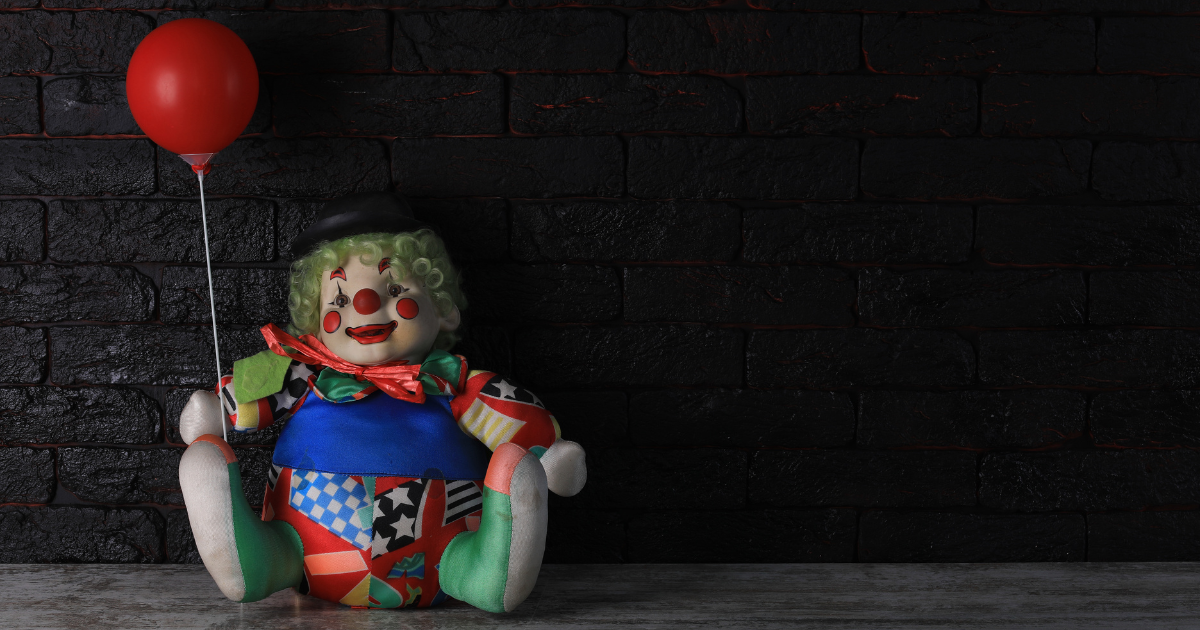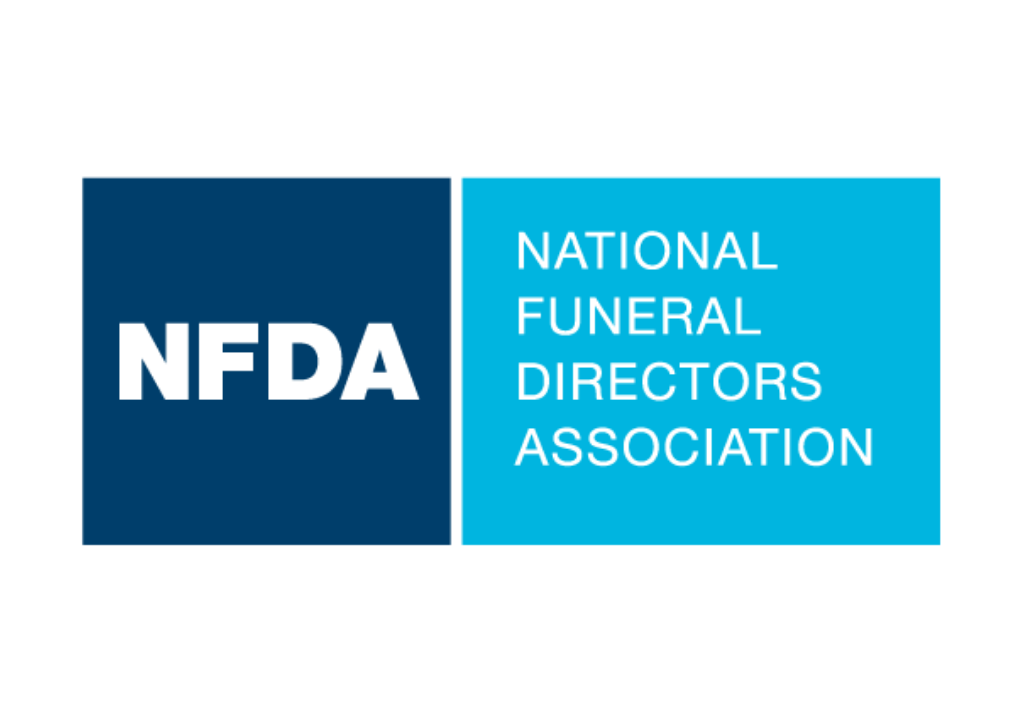Laying a Child to Rest
The experience of a child’s funeral can be extremely difficult for any mourner. When a child dies at any age, for any reason, it’s a tragedy; illness or trauma or whatever the cause, such loss is often incomprehensible for the child’s family.
The experience of witnessing the grief of others takes a toll of its own in regular, everyday life but when such exposure is an integral element of one’s profession, effects can accumulate. There’s little to prepare anyone for direct experience of a child’s funeral, even when it’s your responsibility to see to the child’s final needs.
Planning
There can be many differences in the process of arranging a child’s funeral compared to that of an adult. In Red Nose Grief and Loss’s PDF publication Choices in Arranging a Child’s Funeral, parents discuss funerals of children from infancy through adolescence. Their experiences illuminate a range of decisions both treasured and regretted later, and provide valuable perspective.
Some key takeaways:
- Personalization. Personalization of the funeral was an important factor to many families: parents holding an infant during his service; transporting the small coffin in the family vehicle rather than separately in a hearse; and holding viewings and visitations in the home helped some parents to adjust gradually to the process as they were progressing through it.
One family brought a bassinette to the funeral home for the viewing and service. Another allowed the child to be held by siblings and family members in attendance as a way of saying goodbye. Other families could not bear to see the child after death at all, and everything was handled with this distance observed. One father built his son’s coffin himself.
- Knowledge. Professional guidance was critical. Parents who learned later that there was flexibility to the way details could be applied expressed remorse that more information wasn’t available at the time of planning, and carried regret at not having been more involved, or not having asked for accommodations they wanted. Some parents were fearful of making such requests.
Those who were able to closely plan and personalize their experiences felt that the extra attention and specifics helped them to feel closer to the child, and gave them a sense of some self-agency in an otherwise utterly helpless situation – steps that provided helpful progress in transition to recovering from the devastation of the loss. The comforting memories aided their mourning, in some cases for years.
- Scheduling flexibility. An especially important factor in each case is timeline. Personal beliefs and cultural considerations will influence a family’s decision to proceed with burial, cremation, or other methods, and as in all funerals, each family’s needs are different. In one case, services and visitations and other events continued for ten days before a traditional burial.
- Preparing parents for the change of their child’s appearance. An unanticipated shock to some parents was the altered appearance of their child after death. A gentle word of preparation could smooth the way for what might otherwise be a jarring – perhaps scarring – experience.
- The grief of other children. In addition to siblings, other children may attend visitations or services in numbers. Many elements figure in the mourning behavior of any human, but children especially may experience the death of another child in an extreme emotional range. They may lack understanding altogether of the nature of the circumstances. Adults, also, may have unpredictable responses to the context of a child’s funeral, or of one with other young children or youths in attendance.
Anticipated Death
Children with deadly diseases and their families experience another unique set of circumstances, often facing the child’s death months or years in advance. A varied and extensive support system extends into their lives as well as long beyond its end.
Laughter League is an organization that, in part, supports fatally ill children and their families through a boots-on-the-ground approach. Professionally trained actors work hospital floors alongside medical professionals, sometimes visiting a particular child and family for years. Clowns in light makeup bring an element of laughter to Pediatric ICUs, injecting brightness into dire situations that could easily become hopeless waiting for an inevitable, heartbreaking result.
Tears of a Clown
Jeff Smithson, 25-year Laughter League veteran, keeps a wooden box on his bookshelf that holds a thick stack of memorial cards – one from each child’s funeral he has attended. Every young death is traumatic, he says — not only to families, but to the medical staff, Laughter League members, and hospital workers who have witnessed a child’s loss of the fight for survival. Jeff is part of the community of highly specialized support for these children in life, as well as for their parents after their deaths. Such community networks (of which death care is an integral part, as it is often funeral directors who preserve handprints and such memorialization for families) bring together organizations and services that support families’ navigation through the terrain of a child’s death.
Jeff’s career has deep roots in his own experience: as a child of ten, he held his own two-week-old brother, Ryan, shortly before his death. This vivid memory remains an experience of enduring impact; Jeff remembers his family growing closer through grief, and has witnessed the same in his work, as well as the opposite. The effect of a child’s death on families is profound, and deep mourning destroys or fortifies relationships through “a sort of alchemy,” in Jeff’s words, where relentless forces of grieving and loss are redirected to allow the expression of grief to transmute from destructive force to creative, resulting in a living monument. He remembers both Isabelle and Megan, in whose memories The Izzy Foundation and Miles for Megan were established, but there are countless others.
Quality, not Quantity
Ryan’s life was only two weeks long, but forty years later, we’re still talking about him. He doesn’t have a foundation, or a sporting event, or a scholarship named after him, but his two weeks changed the course of his big brother’s life and in 25 years, that surviving brother has touched the brief lives of countless other children and their families.
Death care for kids, then, doesn’t mark the end of small, little lives, but of grand beginnings of great scale. The death care worker’s role in such a context is profound; the stronger your network, the more specific resources you can supply to parents, helping to direct them not only on disposition options or cemeteries or celebrants for services, but to the existence of organizations and information and resources they otherwise might not discover at all without your direction.
Ensuring that they understand options they may not even know exist, like recording the service, or taking memorial handprints or a lock of hair, or stories like Ryan’s, whose legacy affected hundreds of other kids and still continues. All translates to support for families they didn’t even know they needed… the highest standard of client care, offering solutions to problems they don’t know they have yet.
Rest in power, little guy.




